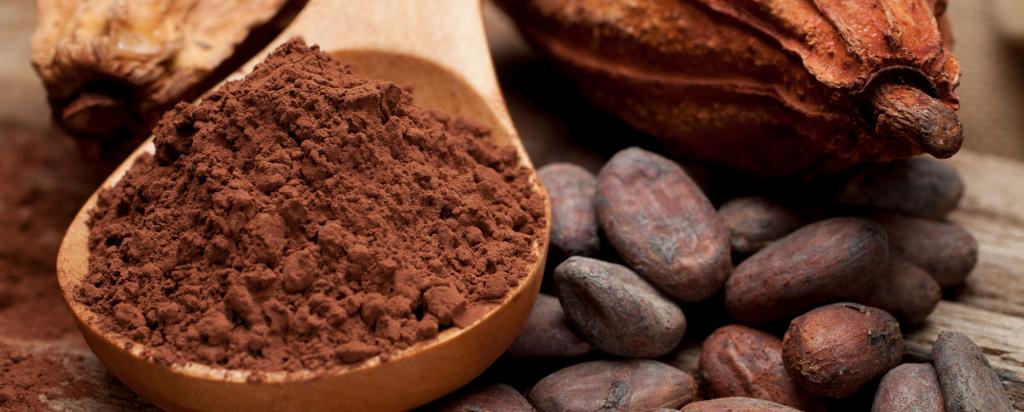
Reducing cadmium in cocoa
Chocolate is a favourite treat for many of us, but did you know that cacao naturally contains cadmium? New international limits on the cadmium content of cacao products have spurred research to discover how cadmium accumulates in cacao beans, and the effects of processing. Fermentation holds the key to reducing cadmium in cacao products.
Our research
Cacao plants absorb cadmium from the soil and store it within their leaves and seeds. Consumption of cacao products like chocolate is a relatively small but significant source of human dietary exposure to Cd, which can accumulate and be harmful to health after prolonged or high exposure.
In 2019, new limits on cadmium in cacao products were enforced by the European Commission and Codex Alimentarius Commission, an intergovernmental body for food standards. This particularly affects cacao from some regions in South America, which can contain more than ten times the cadmium than West African beans. The new thresholds have prompted cacao producers to find ways to reduce Cd in their products.
Chocolate is made from the nibs after cacao beans are fermented, roasted, and other parts of the bean removed. Thus the cadmium content of the nibs controls how much Cd ends up in the products such as cacao powder and chocolate.
X-ray Absorption Spectroscopy (XAS) measures the chemical environment surrounding cadmium atoms, and is sensitive enough to resolve the low concentrations typically present in cacao beans. XAS analysis reveals that Cd is bound to O/N-ligands in both the nib and testa in unfermented beans. After fermentation to pH <5, Cd migrates out of the nib, to the testa and other tissues.
Since the testa and other tissues are removed in later processing steps, the fermentation process could be optimised to decrease cadmium concentrations in the nibs and subsequent chocolate products. However, fermentation needs to be carefully balanced to avoid very low pH, which can be detrimental to flavour.
The impact
This study is the first to report the fate of Cd and its distribution in cacao tissues during fermentation. The pH during fermentation controls how much cadmium migrates from the nib to the outer tissues. This will lead to better controls on processing, and lower cadmium in consumer products.
This will particularly benefit cacao producers in regions where soil cadmium levels are naturally high and risk exceeding the new food safety thresholds for Cd in cacao products.